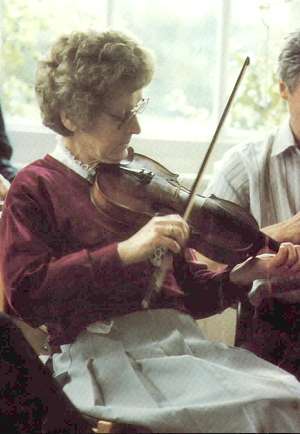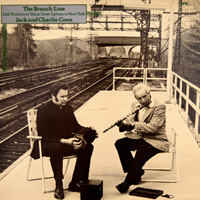 Last week the Flute and Whistle 3 class looked at a couple of reels, one traditional, the other contemporary, and so began what is going to be a bit of a theme this term — modern Scottish tunes written on the flute or whistle.
Last week the Flute and Whistle 3 class looked at a couple of reels, one traditional, the other contemporary, and so began what is going to be a bit of a theme this term — modern Scottish tunes written on the flute or whistle.
The Brig o’ Tilt is in a few collections. I think I initially learned it from Kerr’s Merrie Melodies, but it is also in the Athole Collection, and it perhaps celebrates the new bridge over the north road built at Glentilt in 1823. Bridge of Tilt is near Blair Atholl and today the A9 flies past.
The tune is solidly in D and has a distinctive second part where an arpeggio “tune within a tune” element prevails. There aren’t many places to decorate, so much depends on the breathing to provide emphasis. A couple of places do exist for cranning however. If not feeling confident on this, try cutting to separate the D notes.
The second tune is a three-part reel in Em by Niall Kenny, The Trip to Pakistan. Niall used to live in Edinburgh, but is now based in Lanarkshire and can been playing regularly in Glasgow and Edinburgh sessions.
The trip to Pakistan has been recorded a few times, appears in many collections and has a pipes setting too. Here’s a video of him playing it (right at the end of two sets, but it is well worth watching all of the video just to enjoy his music):
There are a few places to roll and cut, but much the genius of the tune is in the tune is in the third part, where the emphasis of the descending lower notes of the phrases invert the rhythm. There’s some discussion of it on The Session, to which Niall contributes and describes his intentions behind the tune.
The class resources for the tune are on the usual page.




